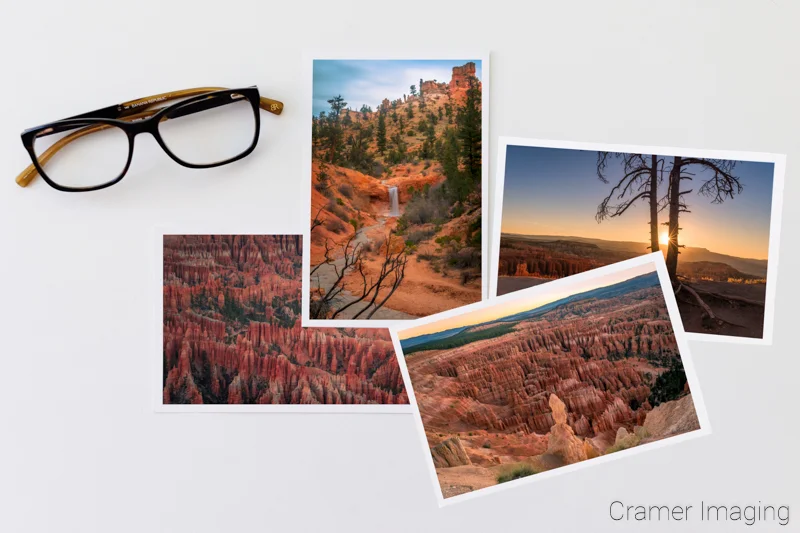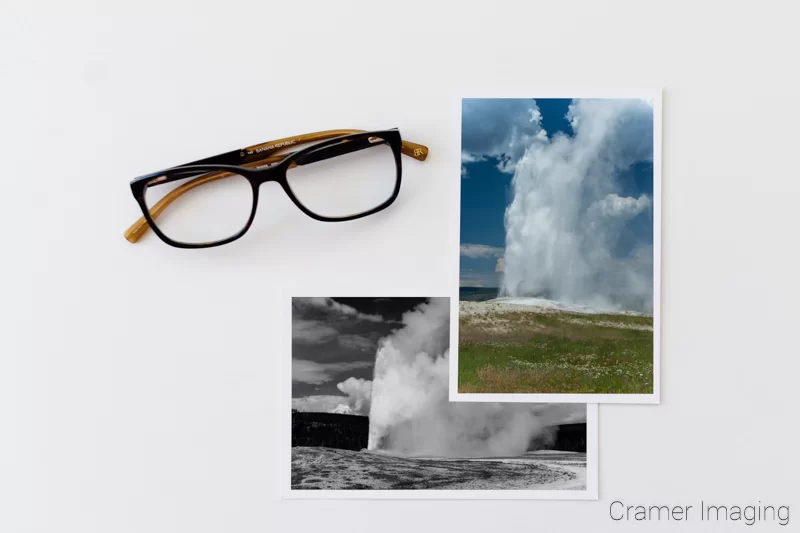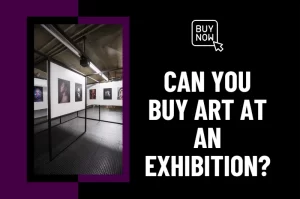Many artists live for the day when someone will notice their art. On that day, that individual will offer to pay the artist in exchange for creating a custom piece. This is called commissioning art. However, as a serious artist, you can’t afford to take on any project which might come your way. Not every private art commission is for you. Today, we’re talking about 10 questions you should be asking yourself before you decide to take on a private commissioned art project.
1. Am I, as an artist, capable of completing this project?
One of the very first sets of questions you should ask your potential client is about the project that he or she wishes to commission. You need to know what size and medium any physical artwork will be. If you’re talking about digital art, then you need to know technical requirements such as size, file type, number or images or files, etc. You need to know all this information prerequisite to you being able to answer this first question for yourself.

Some clients will be very specific in what they want you to create. Others will only have a vague idea and you will have to do your best to get them to define what they want before you can proceed. This can be an aggravating process but it’s necessary for you to know before you can decide whether or not you can complete this project. Some clients will just let you run with a theme but you need to know if they want something special and specific incorporated. Personalization can’t always be added later.
All of this information is, of course, going to help you decide whether or not you are qualified for the proposed project. Once you have this information, it should be easy to determine if you are or are not qualified for a project. A portrait photographer, for example, is far from qualified to complete a landscape painting. Some projects will sort themselves out that way. However, if you have properly represented yourself in any and all marketing materials you put out (or at least over the phone or email), then you shouldn’t have to worry about these kinds of extreme mismatches.
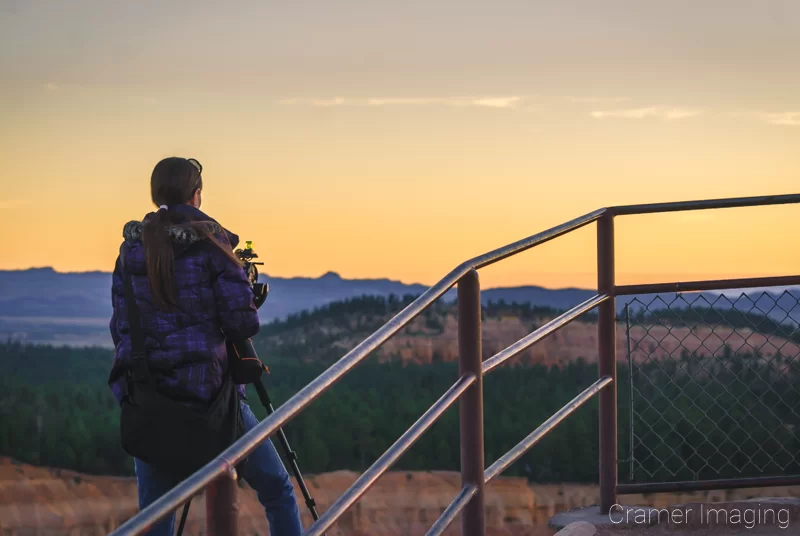
The idea is that you need to find out and then determine if you are the right artist for this project from an artistic standpoint. You don’t want to be stuck doing or making something which totally sucks all the life out of you every time you think about it for a sorry pittance of money or even none at all. You don’t want the client disappointed/angry with the final piece just because your skill set lies elsewhere. This is why you must ask yourself if you are capable of completing the project.
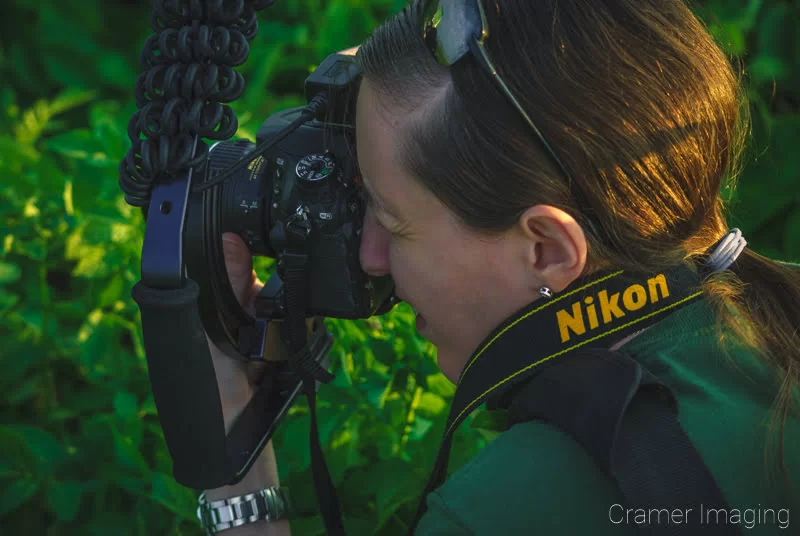
It’s ok for you, as an artist, to have a project come your way which you would be totally qualified for and turn down for other reasons. Life happens. If you don’t feel you can complete a particular project for reasons unconnected to your skills or the actual project itself, that’s perfectly fine. Make sure that you tell the potential client so. It even helps to give a bit of a reason why. If you’re going to be traveling, have bad health, already booked up with projects, etc., those are all perfectly good reasons to turn down a project you would be otherwise perfectly qualified for.
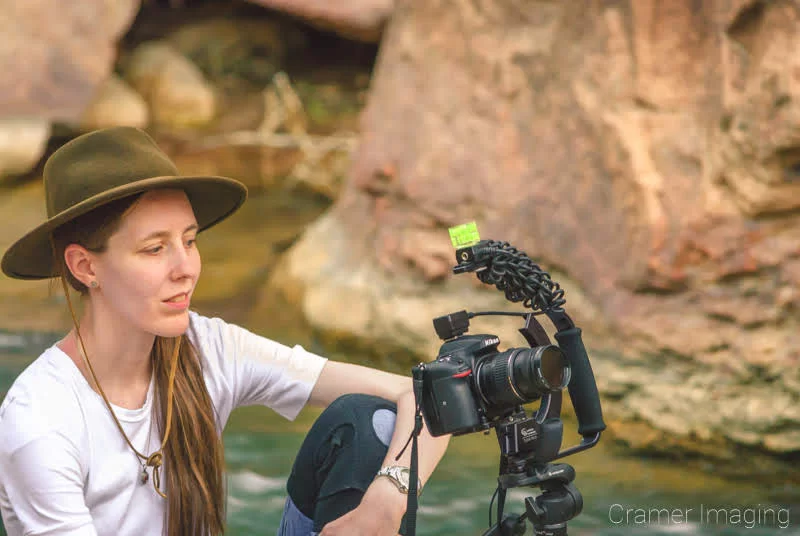
Don’t feel bad about saying ‘no’ to a potential project either. By saying no, you are making room in your life for a project (commissioned or otherwise) which will be the right one for you (even if you’ve already commissioned it).
2. How long will this private art commission take me to complete?
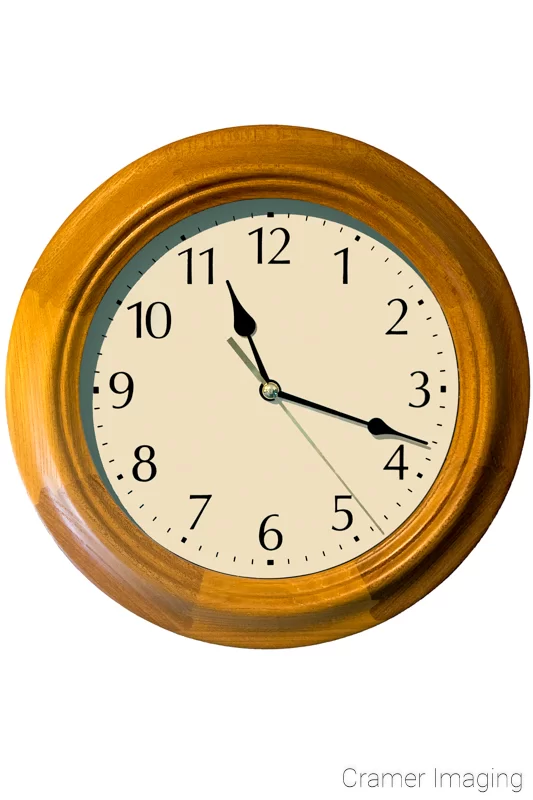
Some projects will be quick and easy. They will take you a matter of minutes, hours, or days. Other projects won’t be as quickly completed. Some may take weeks or months. Very rarely there will be a project which will take years to complete.
Clients often have a schedule, or at least a general timetable, of when they would like the project completed and delivered to them. Learning this information should be a part of your initial questioning. Some clients will have a clear idea of how long the project should take and some will have no clue. Some will be generous with their timetable while others will not.
You must evaluate your own skills and schedule when it comes to completing a proposed art project. Generally speaking, if you’re experienced enough in your art, you’ll have a good idea of how long a proposed project will take you to complete. If you feel that you can complete it to both your and the client’s satisfaction, then you might look closer at the proposed project. If not, you may need to evaluate why. Your schedule is a big factor in whether or not you should take on a commissioned art project.
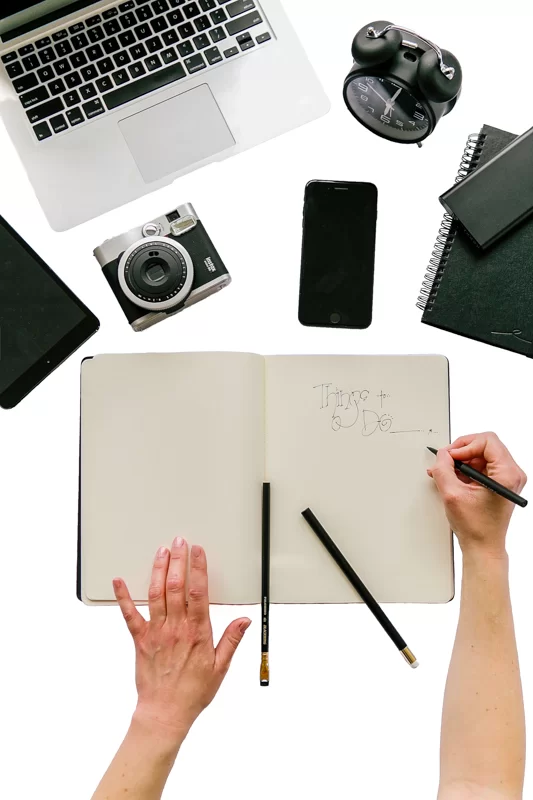
If you and the client have mismatched ideas about how long the project should take, you might consider a little client education. This step might grant you a larger window of time to complete the project in and might be the difference between whether or not you take the project. Don’t neglect this step if it’s applicable to your situation. However, if the timetables are way too mismatched and cannot be reconciled, you might consider turning down the project.
Once again, it’s ok to say ‘no’ to a project for time reasons. If you don’t have enough time yourself, then turn down the project. Again, if you aren’t given sufficient time by the client, say ‘no’ to the private art commission. Also, if you feel that this particular project would take way too long for some other reason, then you absolutely can turn the project down. However, if you feel that time is not an issue, you might look closer at taking on this proposed private art commission project.
3. Do I work well with other people?
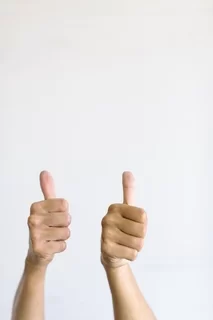
When beginning a private art commission, you automatically agree to work with someone else during said project. That’s how these things work. So, prepare yourself for an extended work relationship with the commissioning party.
If, however, you feel that you might or will have problems dealing with said individual/group (or just people in general), you should probably decline the project. It’ll be easier for everyone concerned if you do.
If working with someone else will adversely affect the overall project in the end, then it’s best for you to pass on the project and for the client to find someone else to complete the project. The goal is to create the best possible final product. Human interactions can assist or detract from that goal. Make sure that you are comfortable with the person/people you agree to work with or you will be miserable as an artist on the project.
However, if you work well with other people and have found a client you can work with, then you should probably consider the project more seriously. It will probably help make the project better to work with others.
4. Does this project fit with my current artistic goals and how much does that matter to me right now?
You, as an artist, will eventually develop goals for your art if you haven’t already. Some projects will come up which will make you so happy to complete them that you’ll find space in your portfolio to show them off permanently. Other projects will be about the money or the people you work with. Still other potential projects will be so far off track from where you want to go that you will have question marks hanging over your head. Every private art commission project is different that way. You never quite know where things will go.
It’s up to you to decide how this project will or won’t fit into your current goals. It’s also up to you to determine if meshing this project with your artistic goals is even important to you at the moment. Not every project needs to be about you and your art in the end. There are other perfectly acceptable reasons for taking on a commissioned art project which doesn’t quite match up with where you want to go as an artist.
It’s perfectly ok to accept a project solely for the money. It’s also perfectly ok to accept a project because of the people attached to it. If you work well with them, have a happy repeat client, or want to build up connections, then you should consider accepting a project which might not align with your current artistic goals.
5. Can the client put down a deposit?
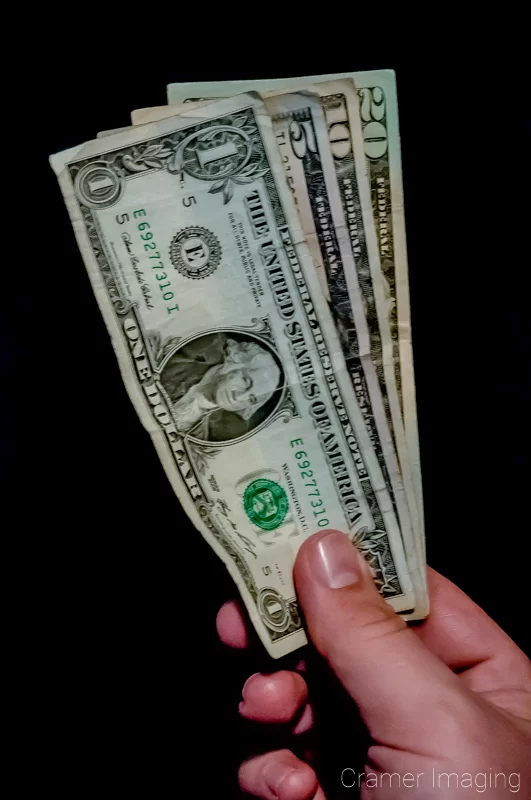
One of the more important questions regarding any private art commission project involves money. Can the client pay for your time and services along with the final product? That’s something which only you two can decide. However, there are other factors which you need to look at too.
It’s going to cost you some money to complete the proposed project. Yes, even digital projects cost money in software, equipment, and electricity. This is unavoidable.
The idea behind a deposit is to cover your cost of completing the project before the project gets started. You don’t want to sink a bunch of your time AND money into completing a custom piece of art and then have the client not pay for one reason or another. For starters, clients don’t like the idea of shifting price tags. Also, you might not be able to sell that piece to someone else depending upon what the project actually is.
Deposits (especially non-refundable ones) are there to cover your cost of completing the project. If you need to buy materials, if you must travel, if some other cost comes up, you can rest assured that you’re not going to be left holding the bag. You won’t need to sink your own money into the project with no reimbursement. You will be able to afford to complete the project in a timely fashion for your client.

It’s your choice whether or not to charge a deposit for a commissioned piece of art. However, the deposit does help protect you from unforeseen financial impact. Deposits also help break up the financial burden of a project on a client. If a client cannot afford a deposit, it might be a red flag. Said client probably can’t actually afford the final product either. While this might not always be the case, it’s something to keep in the back of your mind when talking to a potential client about a potential commissioned piece.
6. Would the client like to see examples of my other work?
It’s not unusual for a client to find you through some vector such as social media, recommendation from someone they know, website, etc. They may or may not have taken a good look at your body of work as an artist. You should probably make sure that they know what they will be getting themselves into. This is especially true if they are basing their opinion of you on a particular piece of your work which doesn’t reflect where you currently are as an artist.
Showing a client other examples of your art will give the client a good idea of what to expect from you as an artist. Since your artistic style will probably change and evolve over time, it’s a good idea to make sure that a potential client has seen and evaluated your most current art. Van Gogh is very famous for his heavily impressionistic (almost abstract) style and thickly layered paint. However, that is not how he began as an artist. His earlier works are far more realistic in nature compared to his later works.
If a client is basing their decision to hire you on your earlier discontinued style, then you really must make sure they client is also happy with your current work. Not checking this beforehand can lead to a big misunderstanding and even an angry client. You don’t want to come across as deceptive in any way. Offer to show a potential client your current art if they aren’t already familiar with it. A refusal to see current stuff might be a big red flag for you. Refusing to show current art is a big red flag for a client.
7. How involved will the client be in the process?
Since you’re (presumably) being paid to create a piece of art for a client, the client should be involved in the process on some level. The level of involvement is something which the two of you should work out together. Some artists benefit from having a client very involved in the creation process. Some do not. Again, some clients like to be in on the action and some do not.

You might or might not yet know your personal preferences this way especially if you are new to commissioned art projects. If you get the feeling that your client will be hovering over your shoulder every single step of the way, then it’s not at all bad for you to see some boundaries. If you feel that you need more help from the client, you can absolutely ask for more help.
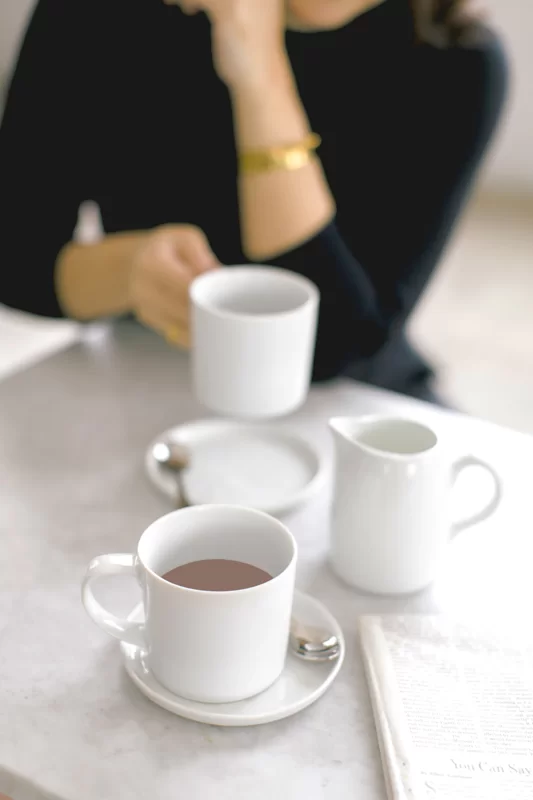
For a project which should take a few weeks to a couple months, you might expect to check in once a week. You or your client can do so. For longer term projects, it’s not unusual to check in once a month or so. For projects which are very seasonal in nature (take photos of spring flowers or autumn leaves), you need not check in with your client until the proper season comes. Then you can make progress on the project and check in.
Another point which you should probably consider is sending your client “work in progress” (WIP) photos as applicable to your particular art medium. Some mediums, such as photography, aren’t quite as conducive to WIP updates as say paintings are. WIP updates are considered a part of client involvement. Clients generally love these as it gives them a chance to see the piece in progress. They can also correct any deviations which they don’t approve of.
Many artists choose to present a set number of WIP updates as part of the overall price. Then they charge extra for more WIP updates. It’s your choice if and how you set up WIP updates with your client. Photographers probably won’t do WIPs due to the nature of the medium as stated above.
8. What is the best way to contact the client throughout the creation time?
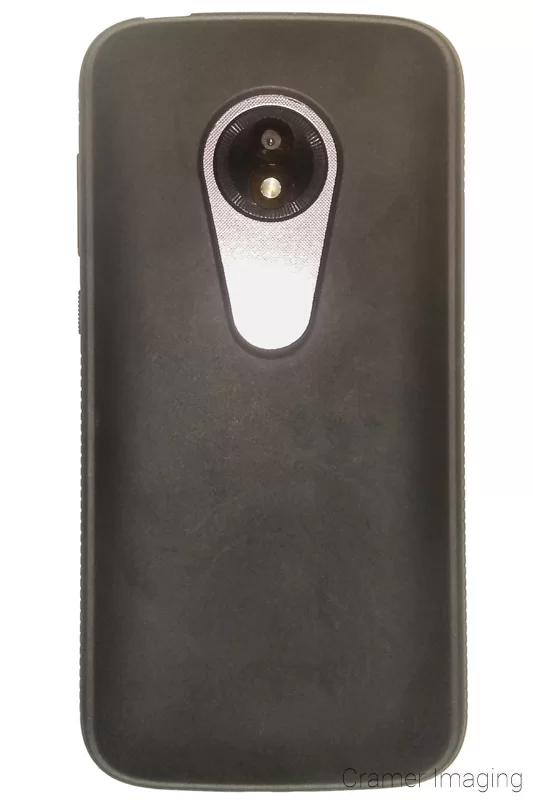
Since you must talk to your client throughout the process of a project, you should find out how to contact him/her upfront. Options are in-person, phone call, email, letter, etc. I’ve even worked with people who preferred to be contacted through Facebook Messenger. Everyone has their preferred vector of communication.
As far as what that vector will be for you and your potential client, I can’t tell you. However, I can tell you that it is best that you know what your client’s preferred vector is. Your client should also know what your preferred vector is. Either of you may need to get in touch of the other for one reason or another. Prompt communication is essential to the project going smoothly. Make sure that you have contact information for your client.
I’ve not kept up with a client during the commission and that wasn’t pleasant. We ended up meeting in-person to discuss things. The client had some questions needing answers. We managed to smooth things over, but it still turned into a sticky and uncomfortable situation for all concerned. However, I could have avoided it with proper communication channels open and monitored.
When communicating, make a point of using your client’s preferred method of communication when you can. This will earn you more good will, especially in the event that something unforeseen comes up which could complicate things. Also, it’s your best chance of quickly communicating with your client.
9. Has the client commissioned any art before?
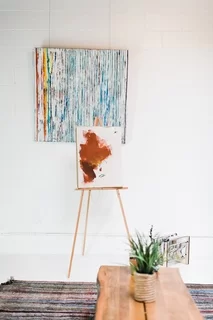
This question is something which should be established somewhere in your initial dialog with the potential client. Has the client requested a private art commission before? The reason for this question is mostly on the client’s side.
An experienced client will know and understand some of how commissioning a project will work in general. You won’t need to educate an experienced client on some of the process. You might find you need to do some educating of this client. However, this education process might better resemble your process of how you do things rather than how commissioning an art project works in general.
A client new to commissioning art will probably require a bit more education from you. Since this is that client’s first time, expect several questions regarding how you handle things. Also expect questions regarding how the process works in general. If you ask upfront about first commission status, you can address the client’s questions and concerns. It helps if you prepare a list of possible reasonable questions and answers beforehand. Doing so may prevent headaches and misunderstands later.
Some clients will do research on their own to mitigate the learning curve here. Some will not. Be prepared to have a new client with little to no understanding of how to commission an art project.
10. Does the client have any other questions?

A great way to close a discussion about a potential private art commission project is to ask the potential client if he/she has any questions of their own. Many clients will have questions. Some of these questions may seem silly but will be important to the client for reasons.
It’s through fielding these early questions that you can get a feel for the client. You can discern how much education you may or may not need to give. You also give the client a chance to feel heard and feel like he/she has a part in the project. Yes, I know, it’s their project to begin with, but clients like to feel included.
Some client questions will give you guidance on how to complete the project. Some questions will give you guidance on how to communicate with the client. Make sure to listen to the message between the words in addition to the words themselves. You can learn much. Also, you can also make your client much more comfortable with hiring you and completing the process of art creation.
Conclusion
If you take the time to ask yourself these questions before you agree to take on a commissioned art project, then you will be better prepared to answer that overall question the client has: “will you work for me?”. You will know if you can handle the project, if you can work with people/your client, why you might be taking the project on, and if you will have the resources you need to complete the project. You will also know if your client has chosen you for the right reasons. These reasons include if the client can pay for your efforts, how involved the client will be in the process, and how to reach the client for essential communications regarding the project.
In the end, it’s totally up to you as an artist why you choose to accept or reject a potential private art commission project. However, these questions will help you decide if a potential project is the right project for you.



